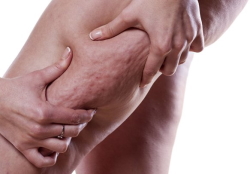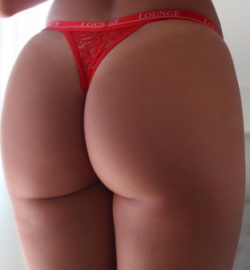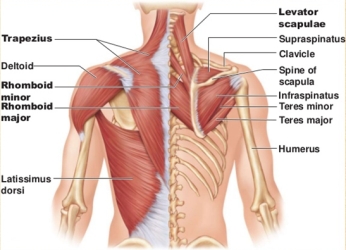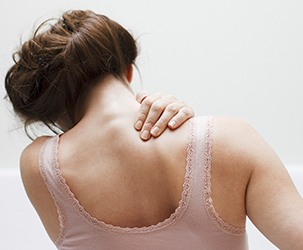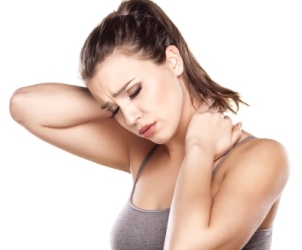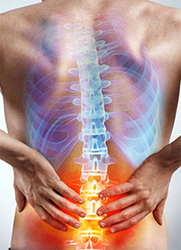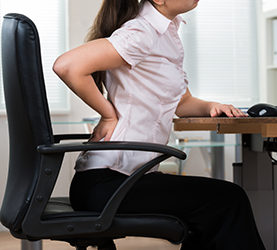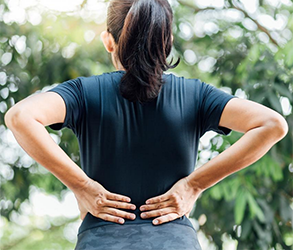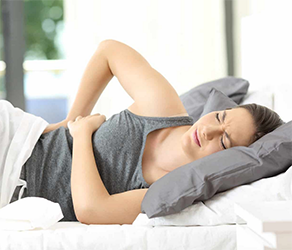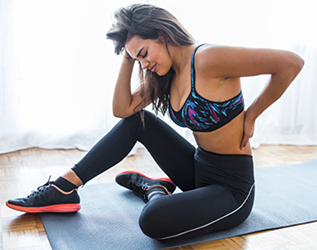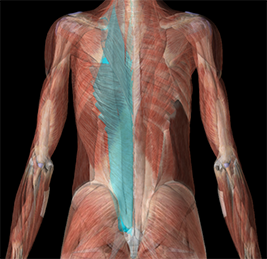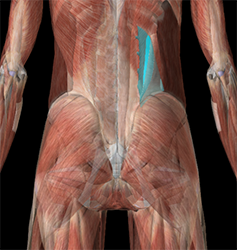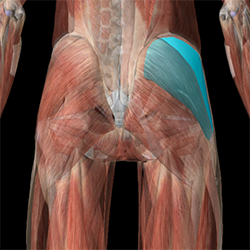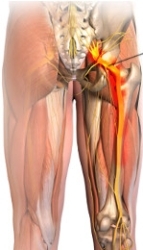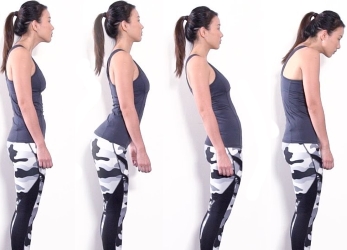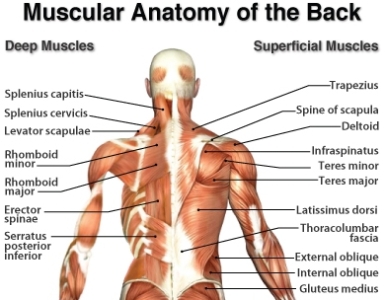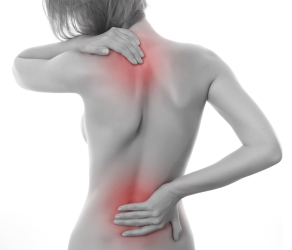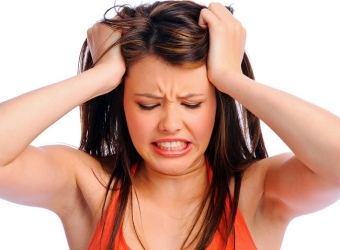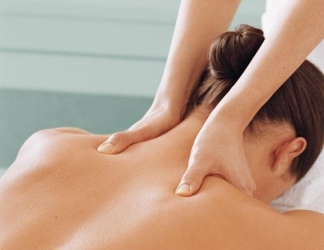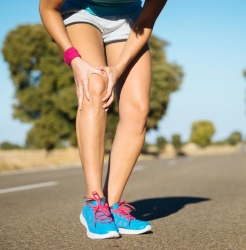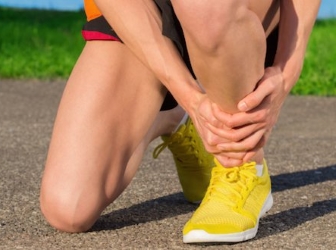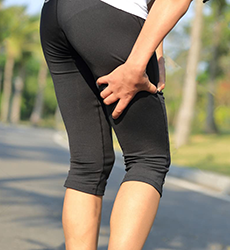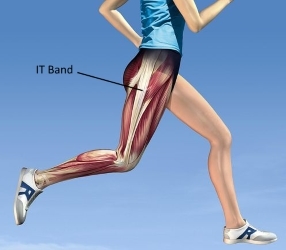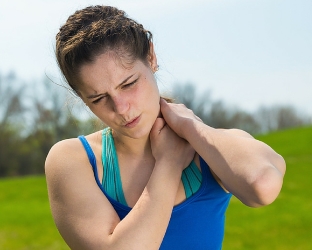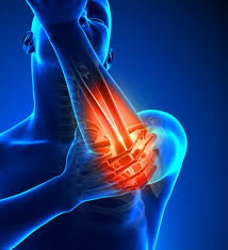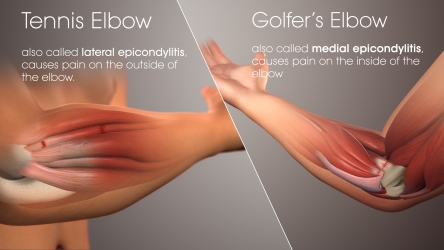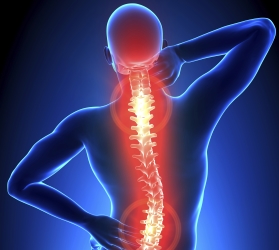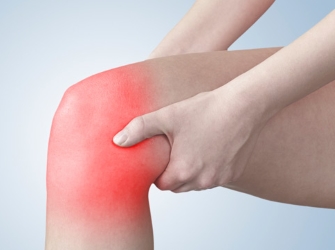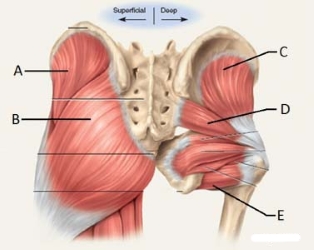If you struggle to find the time to look after yourself between juggling work, family, friends and day-today life, you’re not alone. But rather than your physical and mental health being an afterthought it should be a priority. Receiving a professional massage at home is a good way to start for many reasons. As a qualifed massage therapist and personal trainer I’m well aware of the benefits and how important it can be.
Table of contents
- Convenience And Comfort Of A Massage At Home
- Additional Benefits Of A Massage At Home
- Flexible Hours
- Personalised Massage For Optimal Results
- Complement Your Home Massage
- Emotional Health
- Reducing Stress And Anxiety Through Massage
- The Convenience Of Massage At Home
- Save Money With A Massage At Home
- Home Massage Offers Increased Accessibility
- Summary
- How To Book A Home Massage
Convenience And Comfort Of A Massage At Home
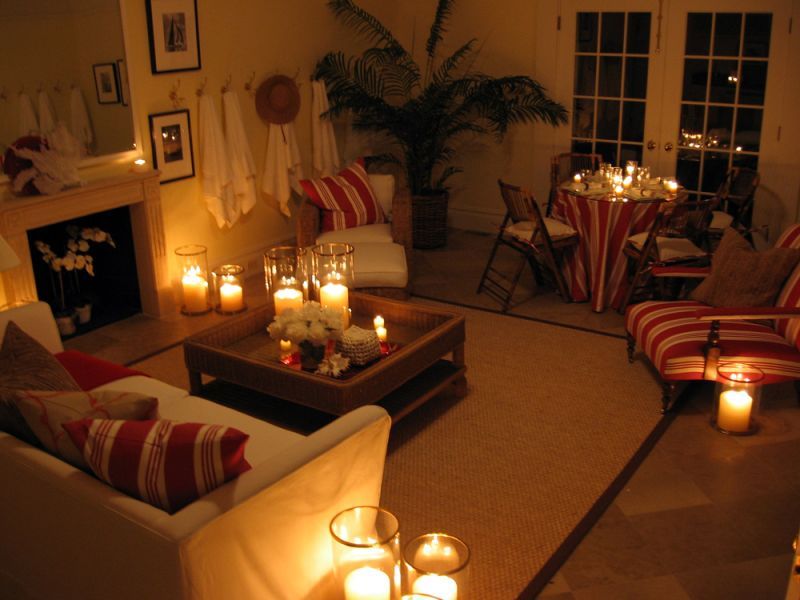
Arranging for a massage therapist to come to your home is far more convenient than going to a spa or clinic. Finding the time amongst a busy schedule to commute through traffic is bad enough. But add to that the stress involved and it hardly seems worthwhile. If you don’t need to leave your home for treatment you can instead just enjoy the many benefits of massage therapy.
Also you are in full control of the setting. You can decide on the lighting, the temperature, whether or not you want relaxing music, to chat or just silence. You also know exactly who is going to give you your massage and what my qualifications and experience are. And that I specialise in various techniques that will best suit your requirements. Whether that’s a deep tissue massage to relieve muscle tension, a sports massage for injury rehabilitation or a Swedish massage for relaxation.
Additional Benefits Of A Massage At Home
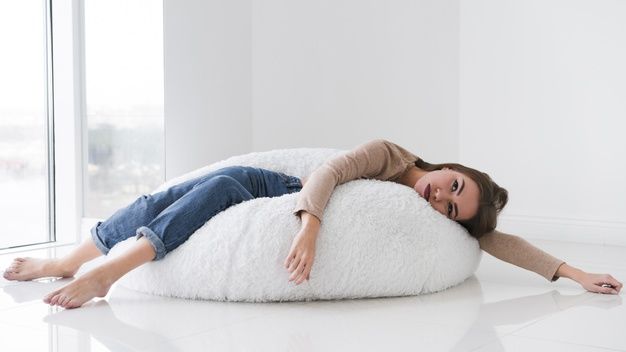
Unlike a massage in a spa or clinic, a massage at home allows you to extend the benefits long after the session is over. Already in the comfort of your own home you can continue to relax without having to rush back to the chaos of the outside world. You can enjoy a drink, take a hot bath or shower, read or just simply rest. Whatever you feel like doing to make the most of your massage and continue its therapeutic effects. This can turn a one-hour experience into something that continues to benefit you for far longer, allowing for an even greater sense of rejuvenation.
Flexible Hours
Getting a massage at home also means you don’t have to stick to strict appointment schedules or 9-5 opening hours. At a spa or clinic you will probably have to book well in advance and their availability might not match yours. If you have an irregular schedule or need to see massage therapist urgently this can be a major issue. But you can book a massage at home with a lot more flexibility. I am available throughout the day and until 9pm in the evening, often at short notice. This allows you to book whenever you feel the need for relaxation or relief from muscle pain or tension.
Additionally, having the massage in the comfort of your own home eliminates any self-consciousness that may arise in a more public setting.
Personalised Massage For Optimal Results
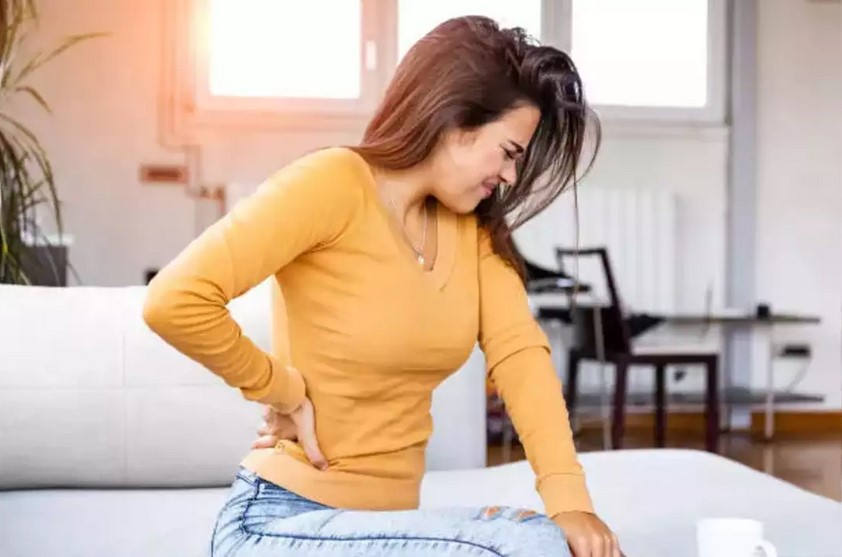
When it comes to having massage therapy, one treatment should never be just like the rest. Our bodies are unique and we all have different requirements, preferences and desired outcomes that we expect from a massage. That’s why a massage at home is personalised to each individual to provide the best results. As a qualified massage therapist, I understand the importance of adapting the massage experience to meet your specific needs. Whether that’s pain relief, post-op rehabilitation, pre or post event treatement, improved flexibility or simply relaxation. I use different techniques, muscle anatomy knowledge and many years experience to improve your issue with each session. By communicating your unique requirements I will provide a massage at home that gives you maximum benefits.
As I am qualified in sports massage, deep tissue massage and Swedish massage I can address your specific issues. Whether this is chronic pain, muscle tension, mobility issues or something else. The combination of my experience and knowledge from various health and fitness fields allows me to address your specific needs and relieve any discomfort or tension. This is one of the many advantages of a personalised massage at home.
Complement Your Home Massage
Another benefit of a massage at home is the chance to ask for further help and guidance. As I am also a qualified personal trainer I can provide insights and recommendations on stretches, exercises and practices that can complement your massage and promote long-term health. This will help you maintain the benefits of the massage between sessions.
Emotional Health
In addition to addressing physical concerns, a massage at home can also cater to your mental and emotional wellbeing. Stress, anxiety, and tension can take a toll on your overall health. By creating a calm and soothing environment in the comfort of your own home, I can help you relax and unwind. Soft lighting and gentle music can enhance the relaxation experience and promote a sense of tranquility and inner peace. Furthermore, it allows for more open communication. During the session, I encourage clients to provide feedback on the pressure, techniques, and areas of pain or tightness. This feedback is invaluable in ensuring that the massage is tailored to your preferences and comfort level. By actively participating in the massage experience, you can have a greater sense of control.
Reducing Stress And Anxiety Through Massage
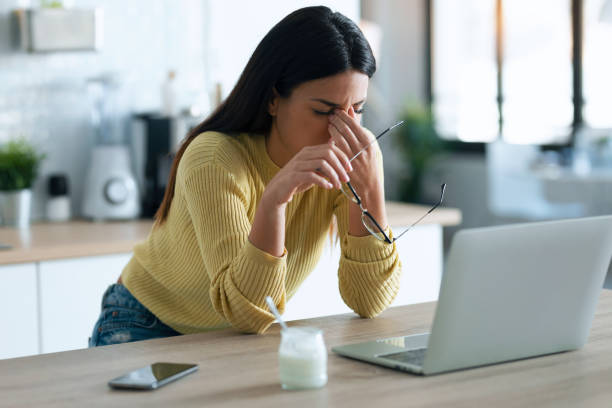
Stress and anxiety can manifest in various ways which can affect both your physical and mental state. High levels of stress or even low levels of chronic stress can lead to numerous symptoms. These include tension headaches, muscle pain, illness, irritability and difficulties in focusing. Anxiety is more likely to present itself as a persistent feeling of unease, restlessness, fear and difficulty in sleeping. As both of these conditions have a detrimental effect on your overall mental health they will also reduce your quality of life in general.
Massage therapy has been shown to have significant mental health benefits(1). By receiving a massage at home you can enhance them further. The familiar surroundings and absence of external distractions allow you to fully immerse yourself in the massage experience. This promotes a sense of tranquility and inner peace which has been proven to reduce stress, anxiety and depression. The result is a much-needed mental break from the demands of everyday life.
Deep Relaxation And Decreased Stress
Massage can induce a deep state of relaxation, which in turn helps to reduce stress levels. Through the release of tension in muscles and tissues, your body enters a state of calm and relaxation. As stress diminishes, so does the mental strain associated with it, allowing you to experience relief from its physical and emotional effects.
Promotion Of Emotional Balance
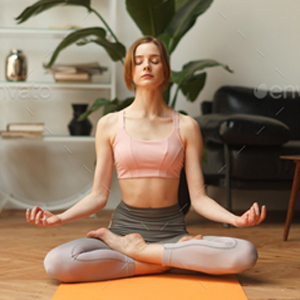
Through home massage, the body’s natural production of endorphins and serotonin, often called the “feel-good” hormones, is stimulated. These hormones serve as natural mood stabilisers and can create feelings of happiness, calmness, and emotional well being. By stimulating the release of these neurochemicals, massage helps to rebalance emotions and provides you with a renewed sense of clarity and peace.
Relief From Anxiety Symptoms
People suffering from anxiety often experience a constant feeling of worry, restlessness and unease. Massage can help ease these symptoms by promoting a state of deep relaxation and reducing your body’s stress response. The gentle pressure can calm the nervous system, lower heart rate and reduce production of stress hormones such as cortisol. This results in an overall sense of tranquility, allowing you to find relief from your symptoms.
Improved Sleep Patterns
Sleep disturbances are common amongst people experiencing high levels of stress and anxiety. Massage can be valuable in addressing these sleep issues. By reducing tension and promoting relaxation, massage contributes to better sleep quality and duration. The combination of physical release, emotional balance and enhanced overall well being induced by the massage can greatly assist in achieving restful sleep.
The Convenience Of Massage At Home
Receiving a massage at home adds to the already significant benefits it offers for mental health. By eliminating the need to travel for a massage you can further reduce stress and anxiety associated with commuting. The comfort of your own home provides a familiar and secure environment, contributing to a deeper level of relaxation. Additionally, the convenience of a massage at home ensures access to regular treatment. This enables you to sustain the mental health benefits over time.
Save Money With A Massage At Home
Receiving a massage at home is a much more cost-effective option. Traditional spa or clinic massages are expensive, especially when considering the additional costs of transportation and parking. By eliminating these costs, you can enjoy the benefits of a professional massage at a more affordable price. This makes regular massage therapy more accessible and sustainable, allowing you to prioritise your well-being without breaking the bank.
Home Massage Offers Increased Accessibility
A massage at home is a more accessible option for people with physical limitations or mobility issues. You may find it challenging to visit a spa or clinic due to mobility constraints or transportation difficulties. By bringing the massage to your home you can benefit from the relief and relaxation therapy provides. This accessibility ensures that everyone, regardless of physical abilities, can enjoy have a access to massage therapy.
By offering massage at home I aim to make this therapeutic practice accessible to all.
Summary
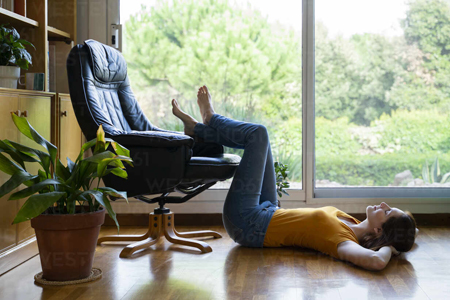
Receiving a massage at home offers numerous benefits for both your body and mind. The convenience, privacy, personalisation and cost-effectiveness make it an attractive option for anyone seeking therapeutic relief. As a qualified massage therapist and personal trainer I am dedicated to providing a professional and effective experience in the comfort of your own home. So don’t bother searching Google for “massage near me” when you can get one at home.
How To Book A Home Massage
If you would like to book a massage at home please contact me on 07713 250352 or email david@massageinyork.co.uk. Includes sports massage, deep tissue massage and Swedish massage. For more information on booking click here

